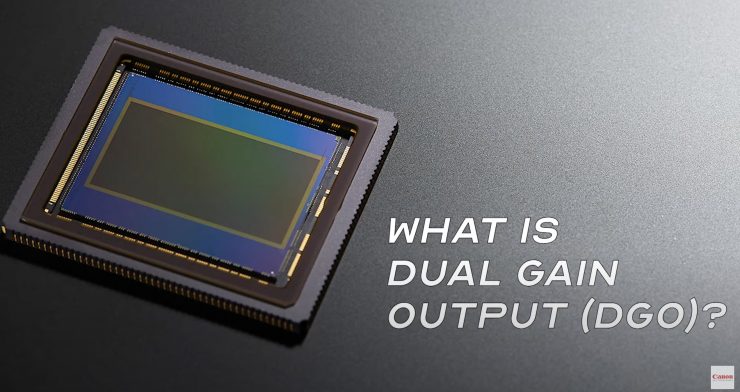We do not know how small R5c is supposed to be.so you are 100% sure about this. I have a c70 but it doesnt cut it as well in gimbal work and compactness.
I think it would need to be smaller than R3 but not necessarily the C70.
The R5 + Ninja V+ sounds perfect for a gimbal provided it does not overheat.
Upvote
0


